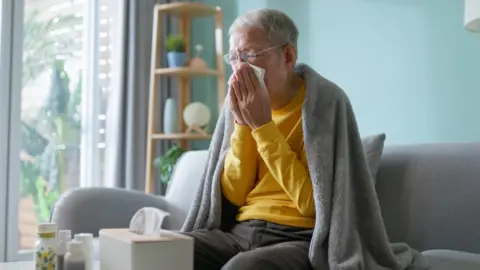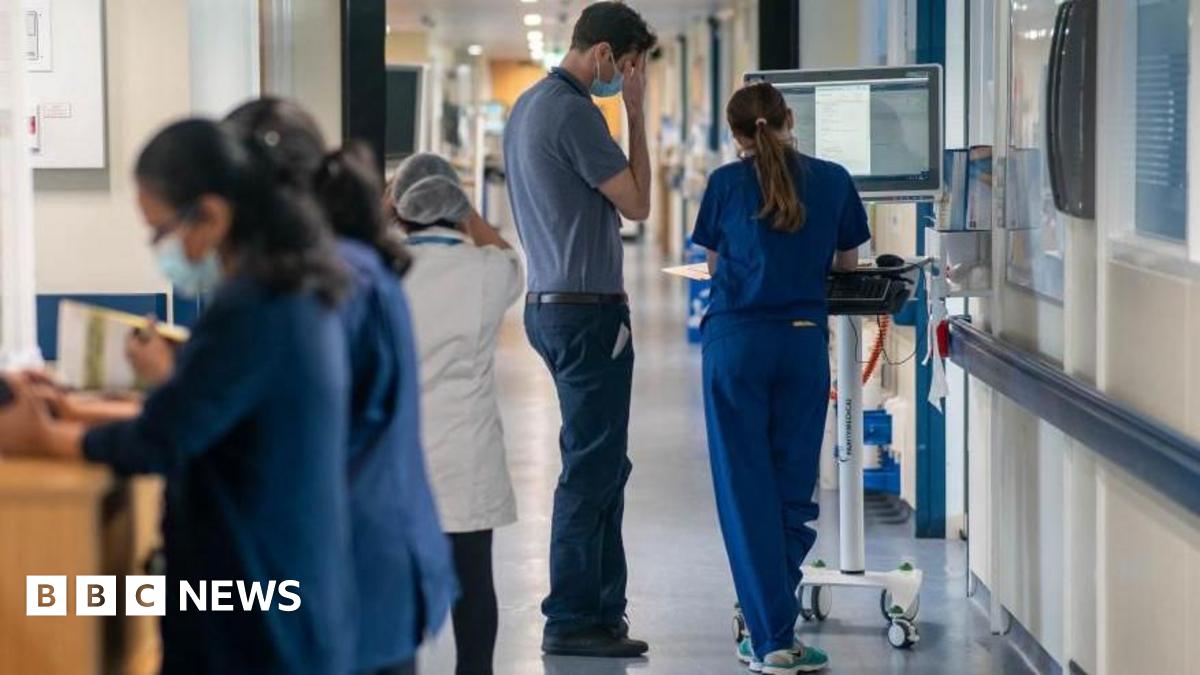Respiratory syncytial virus, commonly known as RSV, is often associated with cold-like symptoms in young children. But a new study led by a University of Michigan School of Public Health researcher finds that RSV can have profound,…
Category: 6. Health
-
Valvular heart disease is common in cancer patients but interventions improve survival
Key take-aways
• A retrospective observational study found that valvular heart disease, detected by
cardiovascular imaging, was common in patients with a previous cancer diagnosis.
• Interventions to treat valvular heart disease…Continue Reading
-
Cancer Research into Action conference – IARC
11 Décembre 2025
The International Agency for Research on Cancer (IARC) welcomes The Lancet as the official Media Partner for the IARC@60: Cancer Research into Action conference, the crowning event of the…
Continue Reading
-

Private flu vaccine stocks running low as cases rise
 Getty Images
Getty ImagesThe latest figures show Scotland has reached a high level of flu activity Pharmacies have warned that private stocks of flu vaccines are running low.
It comes as lab-confirmed cases rose by 24% to 2,331 cases, from 1-7 December,…
Continue Reading
-

Balanced Brain Activity Key for Memory, Study Finds
A new study has revealed that neural inhibition and balanced neural activity in a specific area of the brain is required for recognition memory. The findings could help provide better understanding of cognitive disorders, including…
Continue Reading
-
Statement of the WHO Global Advisory Committee on Vaccine Safety (GACVS) on vaccines and autism
On 27 November 2025, the WHO Global Advisory Committee on Vaccine Safety (GACVS) assessed two new systematic literature reviews[1], performed using robust methodology, on the potential relationship between vaccines and autism spectrum disorder…
Continue Reading
-

Flu cases jump sharply in England as NHS faces ‘worst case scenario’ – live updates
Flu patients in hospital up 55% from previous weekpublished at 09:49 GMT
Breaking
Nick Triggle
Health correspondentThere were an average of 2,660 patients a day in hospital
with flu in England last week – a rise of 55% on the week…Continue Reading
-

Cytomegalovirus Drives Global Lower Respiratory Infection Burden – European Medical Journal Cytomegalovirus Drives Global Lower Respiratory Infection Burden
GLOBAL estimates show cytomegalovirus linked lower respiratory infections remain a persistent cause of death worldwide.
Using data from the MICROBE database, investigators analyzed cytomegalovirus associated lower respiratory infections from…
Continue Reading
-

New Genomic Maps Reveal Gene Networks Behind Disease
Today’s biomedical researchers are relentlessly searching for genes that drive disease, with the goal of creating therapies that target those genes to restore health.
When a single gene is the culprit, the approach can be rather…
Continue Reading

